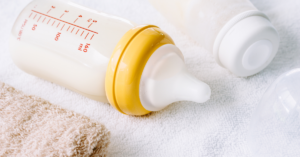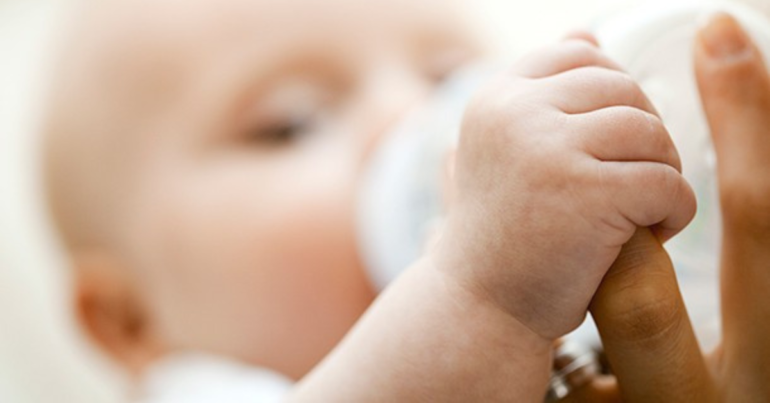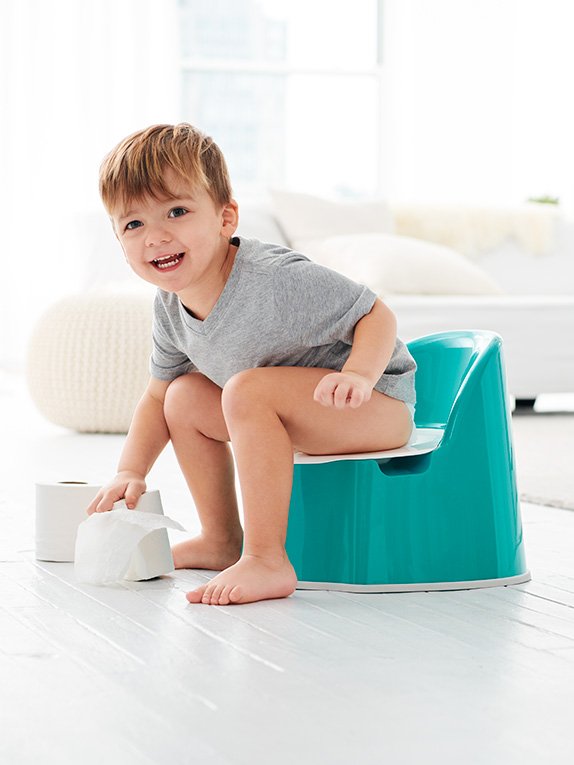It can be frustrating when you find that your baby has left a significant amount of milk in the bottle after each feeding. This can happen even if you have carefully measured the right amount of formula or expressed breast milk and given it to your baby in a bottle. So why does this happen? Let’s explore some of the reasons why babies may have 30ml of milk left in the bottle after drinking.
Uncovering the Mystery Behind the Remaining 30ml of Milk in the Baby’s Bottle.

We are aware that many parents have the same difficulty, but we do not know why this occurs to the majority of babies. We can tell parents that this issue does not stem from their kid, but rather has a scientific reason.
The scientific reason behind it.

The pressure effect is the primary cause of this issue. When the bottle is filled with water or milk, the liquid flows easily from the nipple. However, when the volume of liquid decreases, it becomes more difficult for the liquid to flow. This occurs when the external pressure becomes greater than the internal pressure, making it harder for the liquid to flow out of the container.
This pressure impact may also be seen when the baby is nursing. As the volume of milk declines, it becomes more difficult for the infant to drink, resulting in a reduction in the child’s desire to drink. The pressure action may also cause the infant to leave some milk in the bottle. When the pressure in the bottle is too great, it is difficult for the baby to consume all of the milk.
How to resolve this issue.

However, this issue may be resolved. Simply by removing the bottle’s cap, the internal and external pressures of the bottle may be equalized. This will facilitate the child’s consumption of the leftover milk. It is important to approach any topic from a scientific perspective. It is crucial to grasp the scientific rationale for any issues you may have, since guessing or thinking erratically might raise your psychological load.
Bottom line
There are a number of reasons why a baby could leave some milk in the bottle after drinking. It is crucial to recognize that each baby is unique and to observe the baby’s indications in order to choose the appropriate course of action. If the child has pain while feeding or refuses formula, it is essential to visit a physician to find a remedy. With patience and compassion, parents should help their children consume the required amount of breast milk for growth and development.







